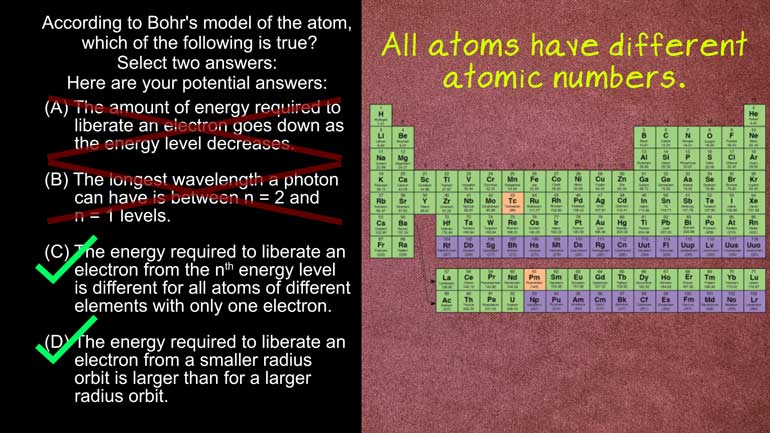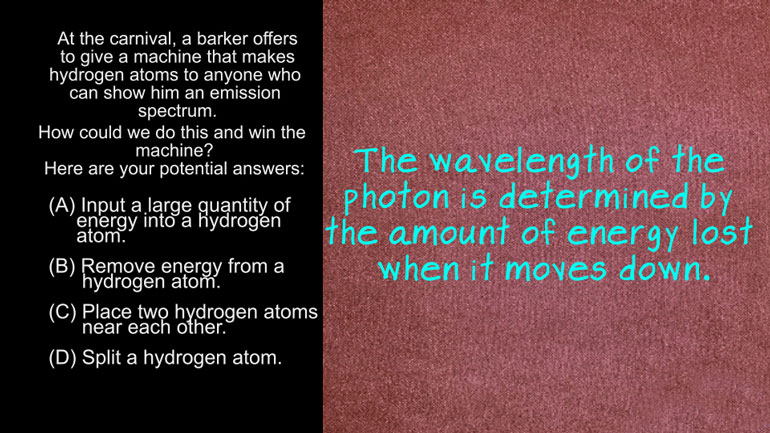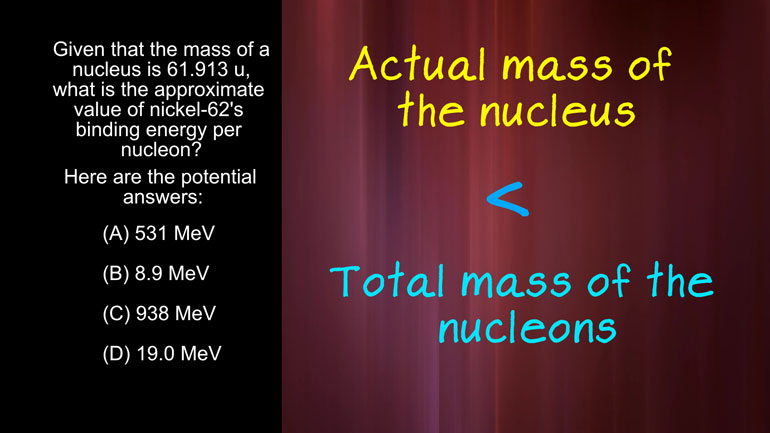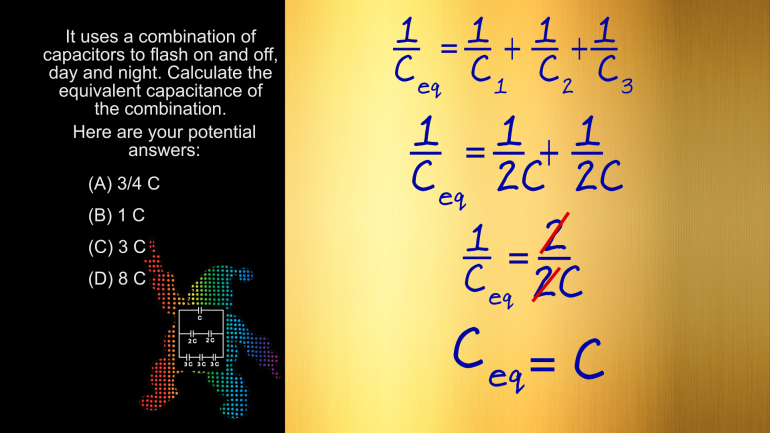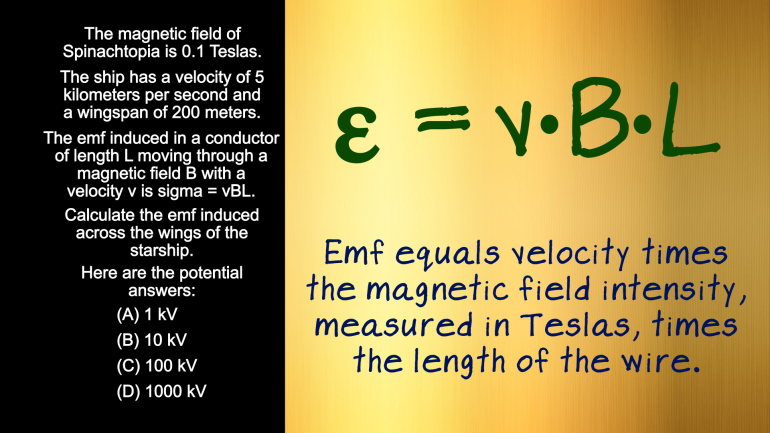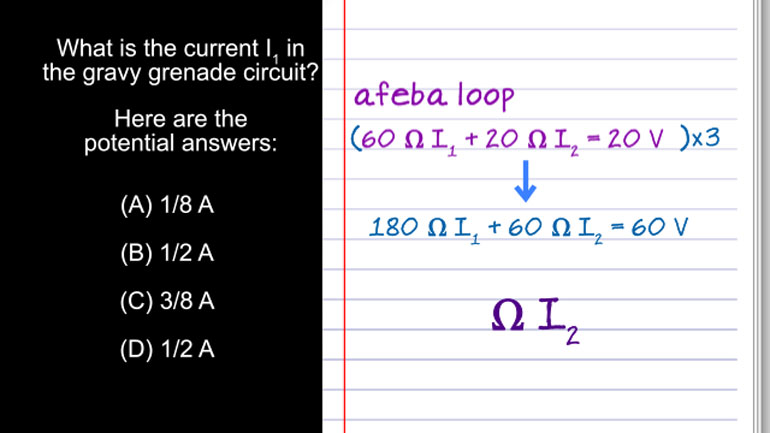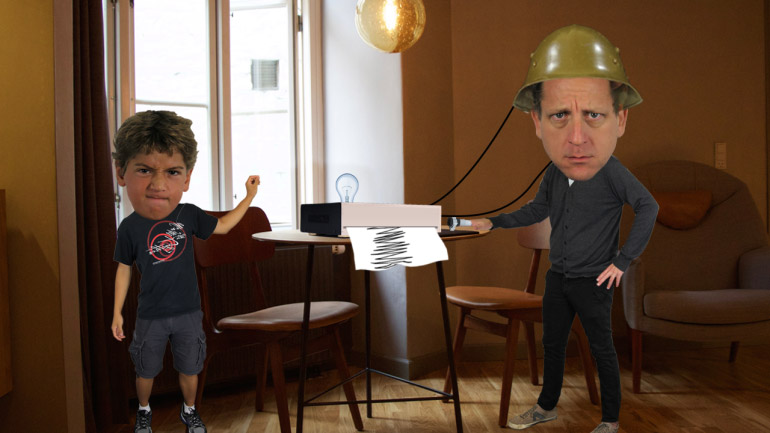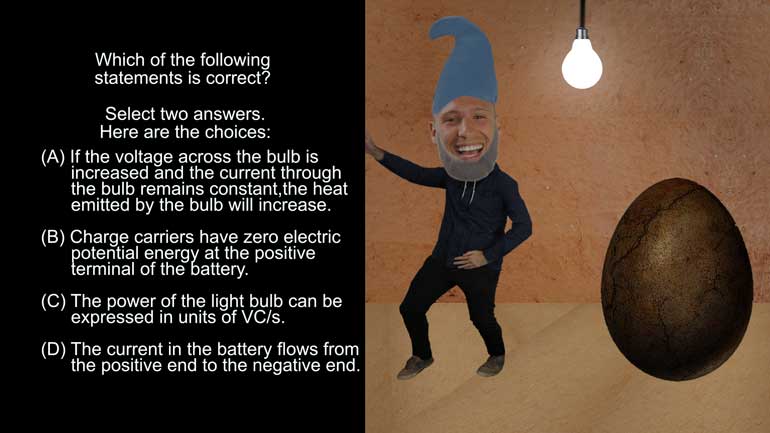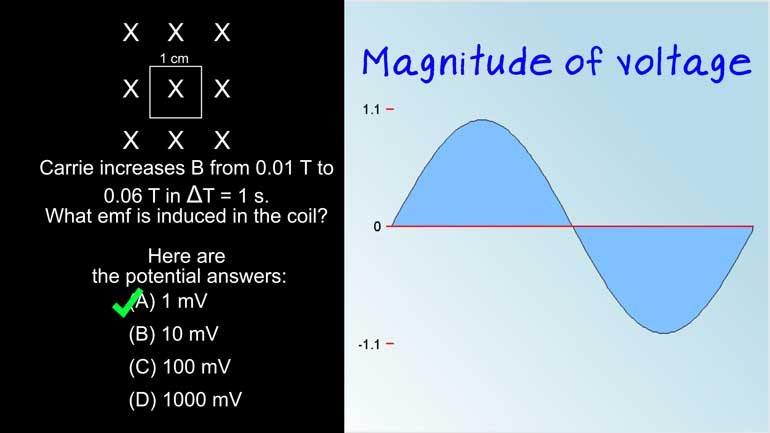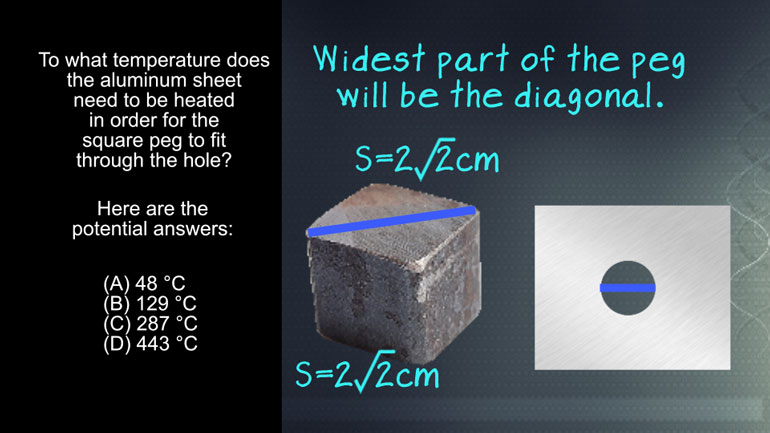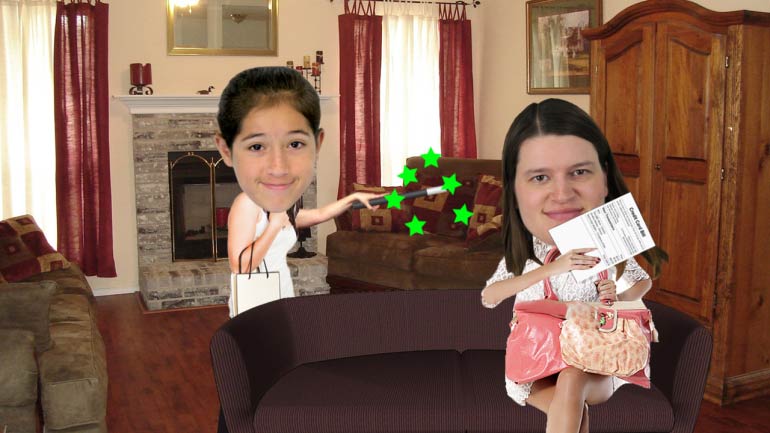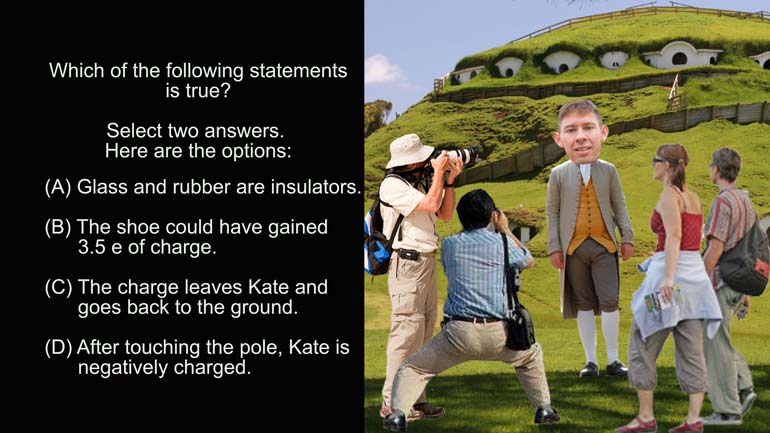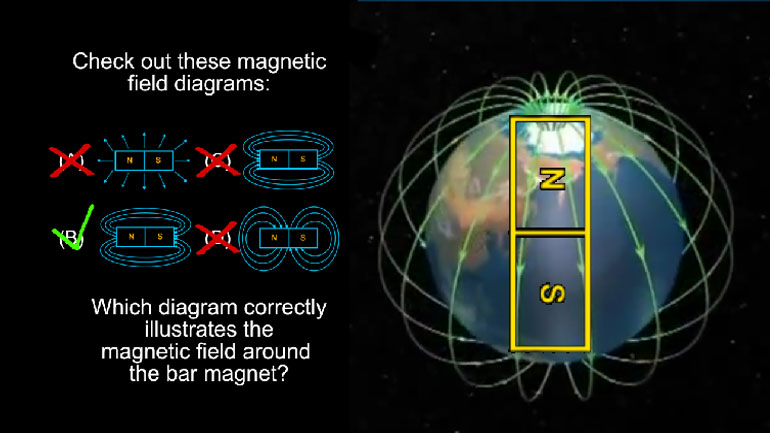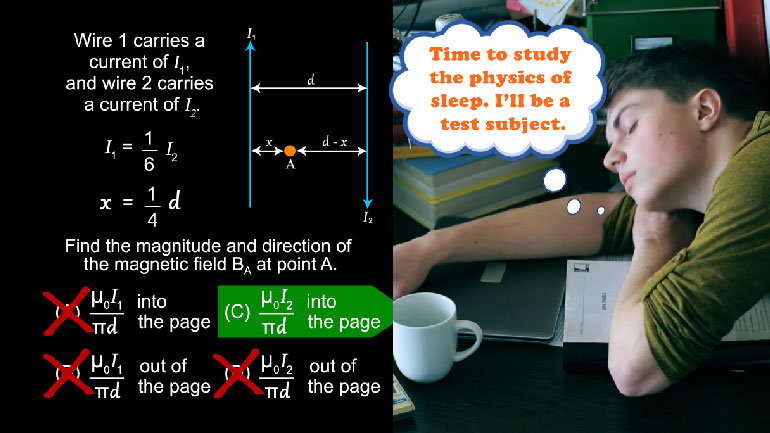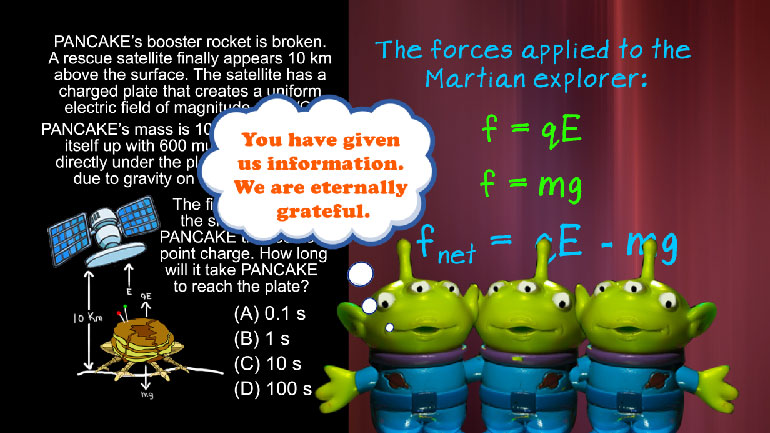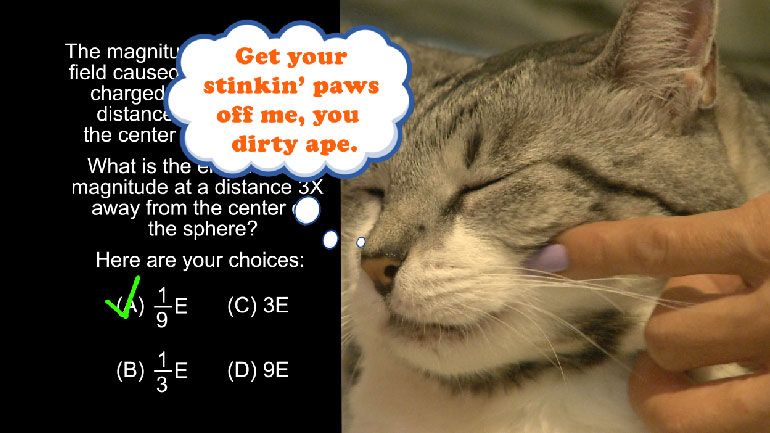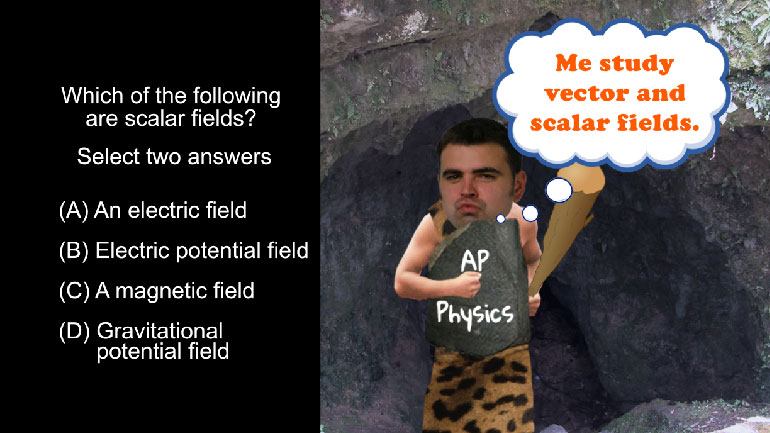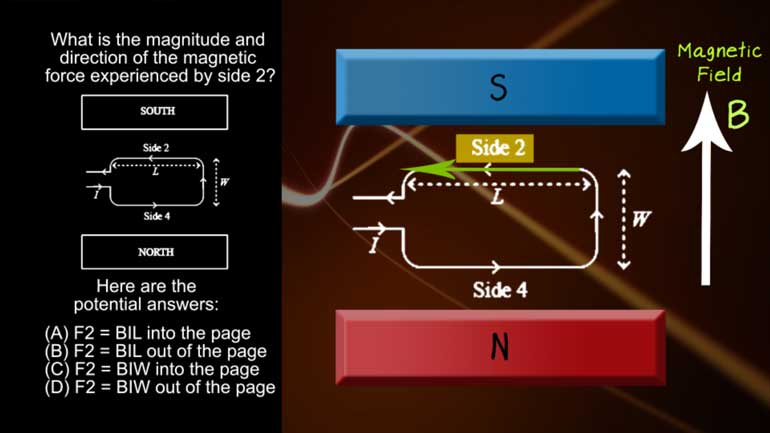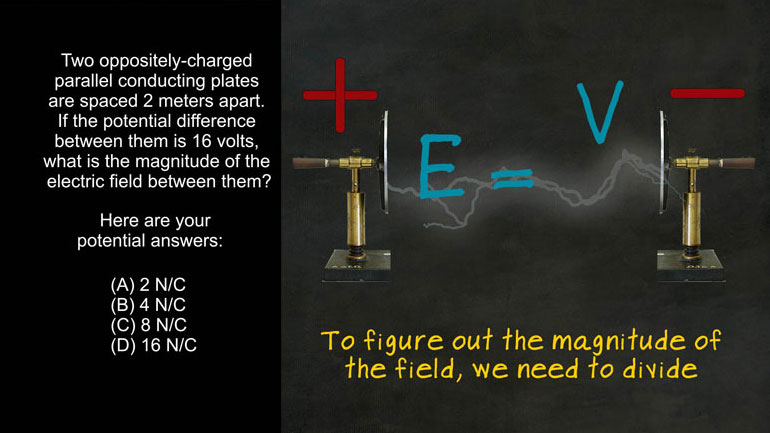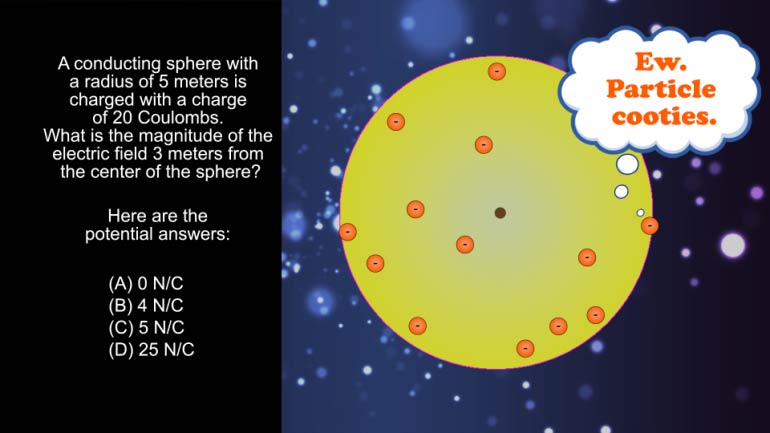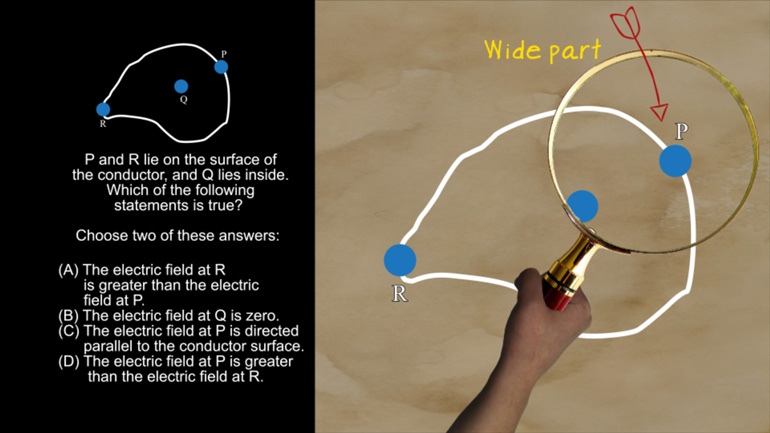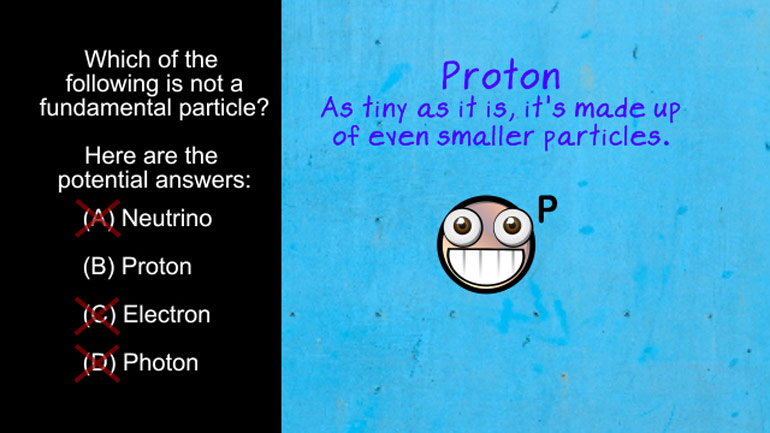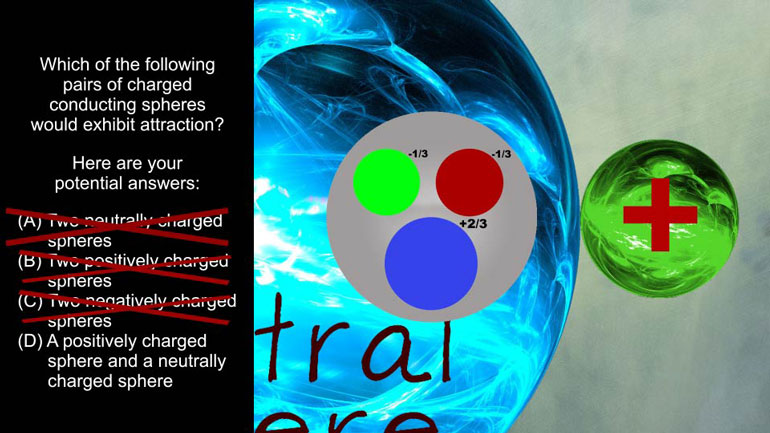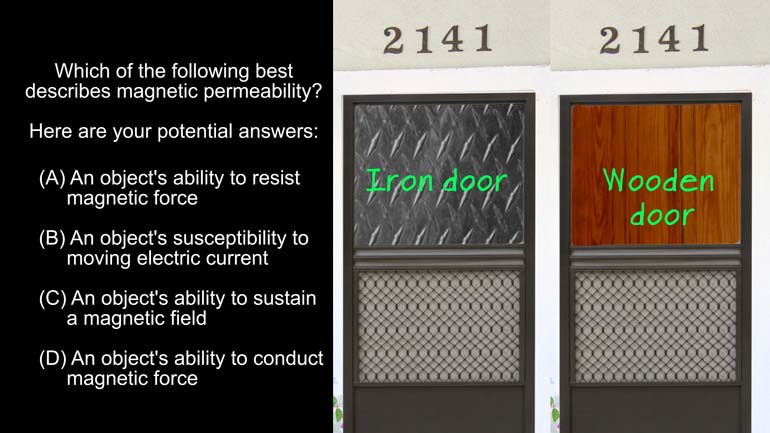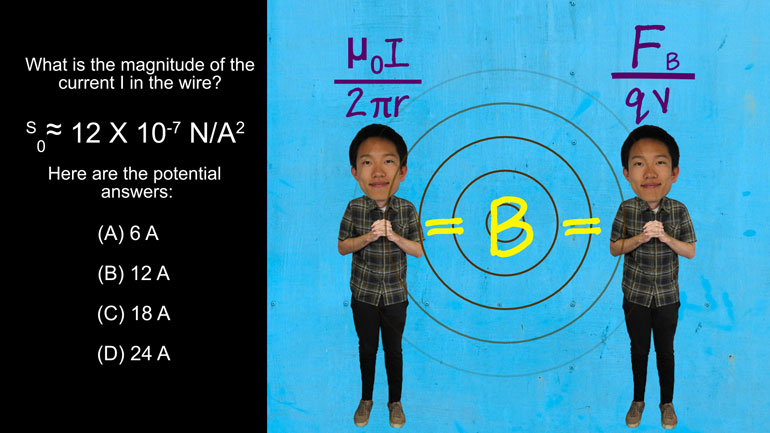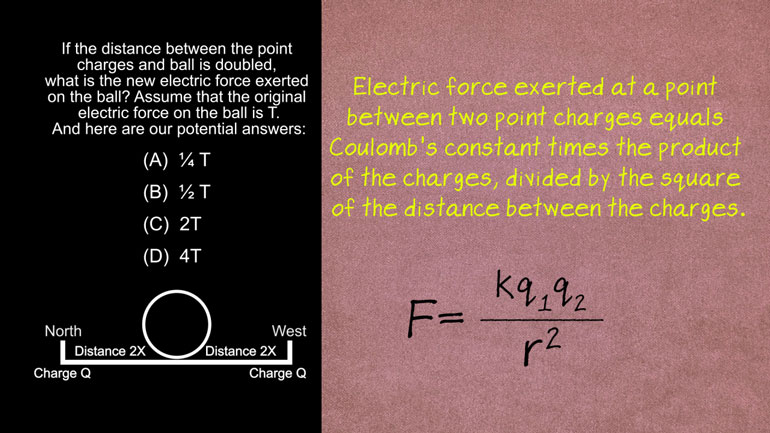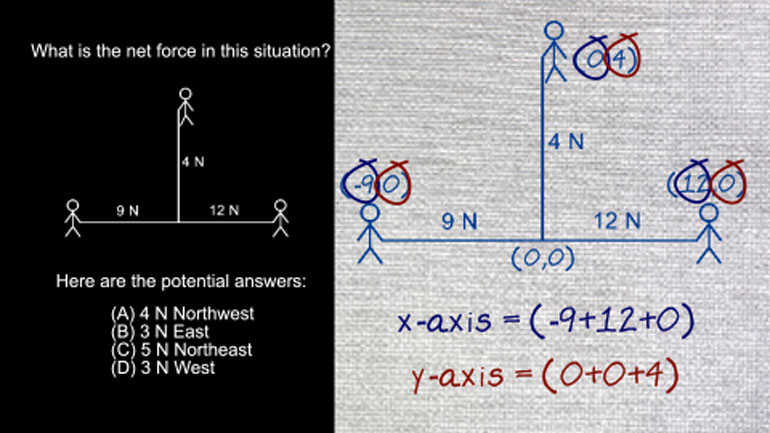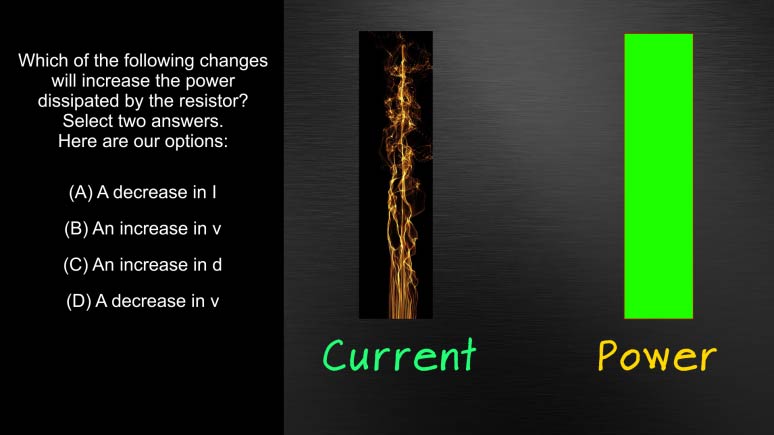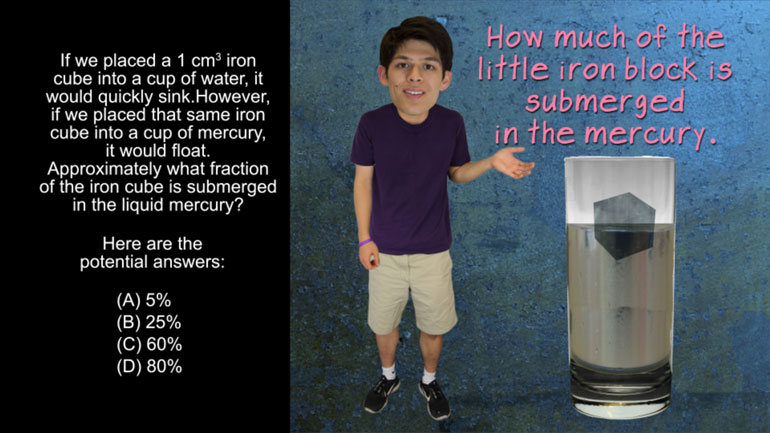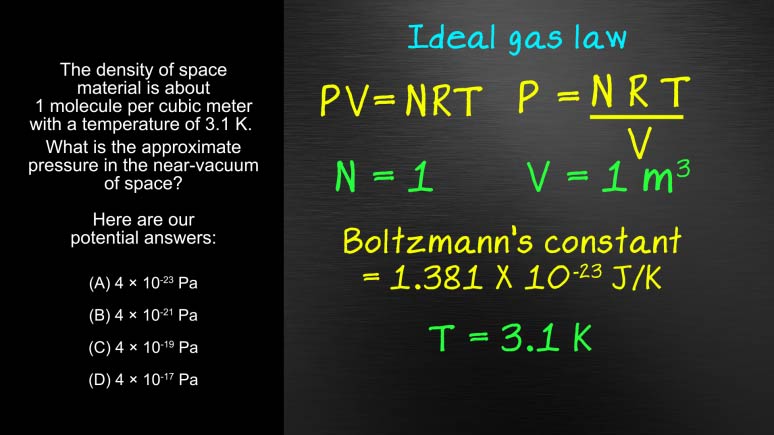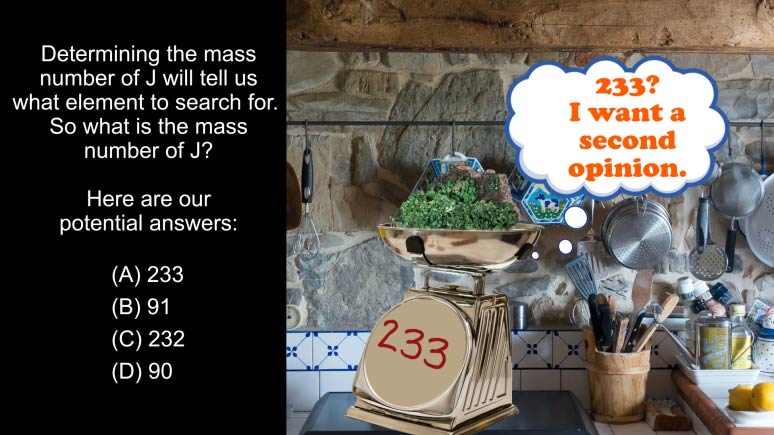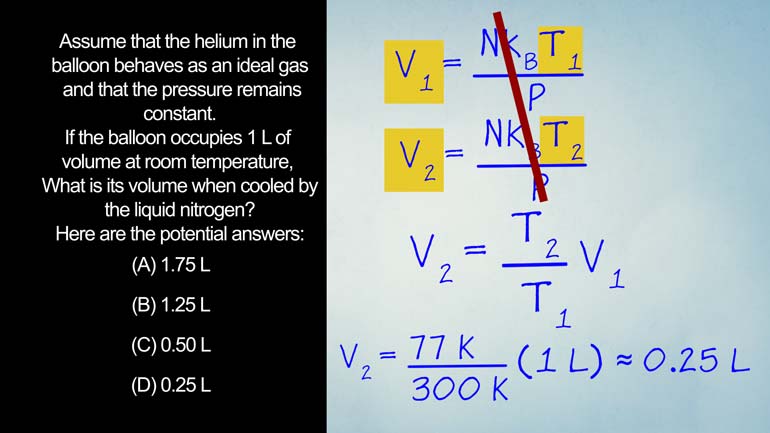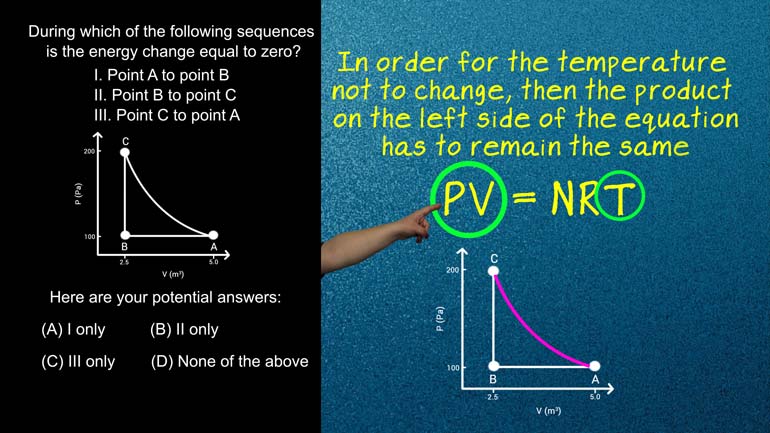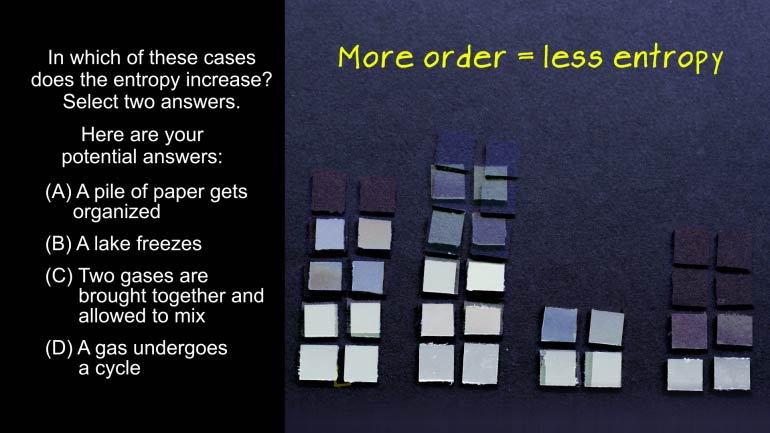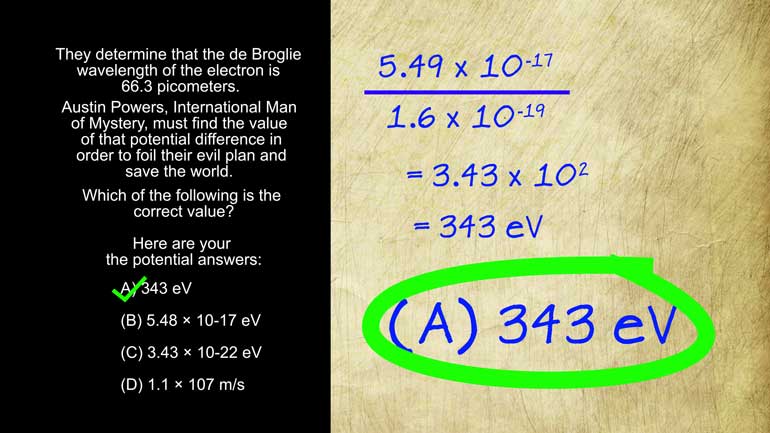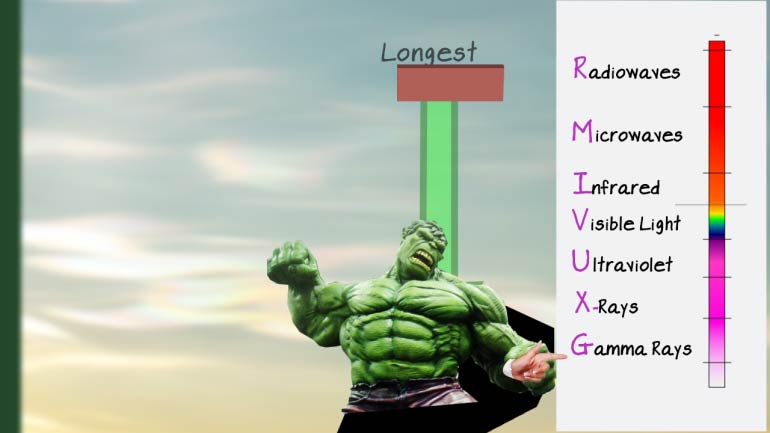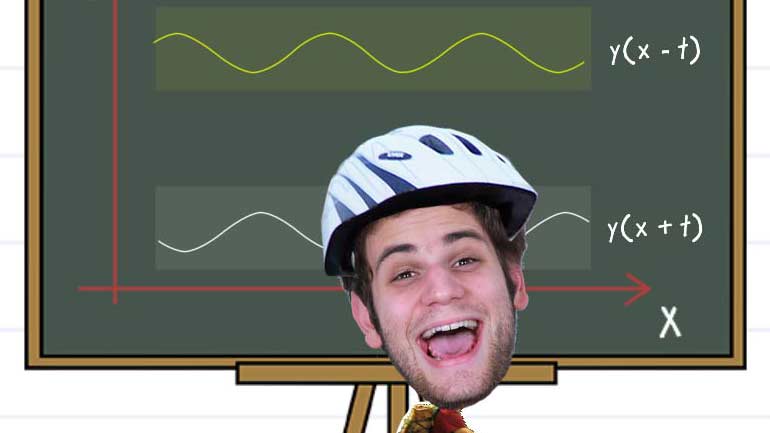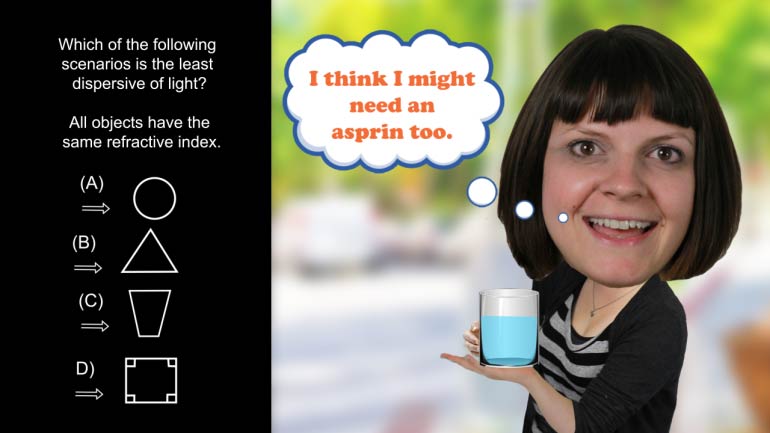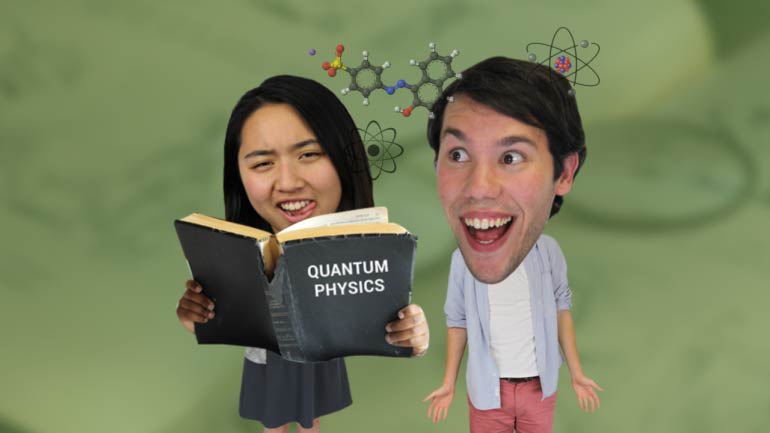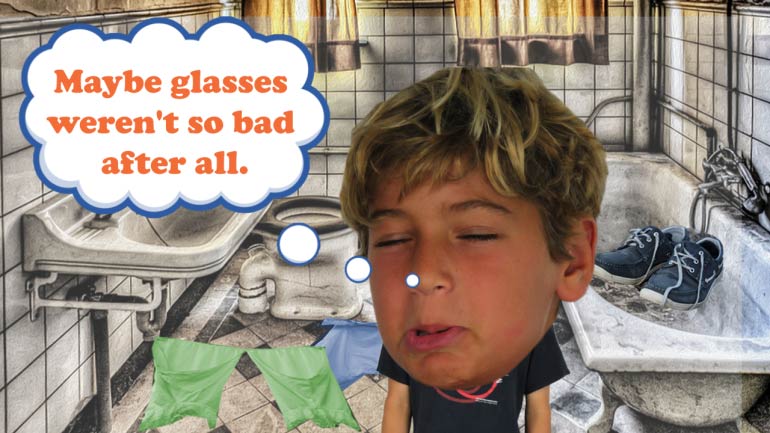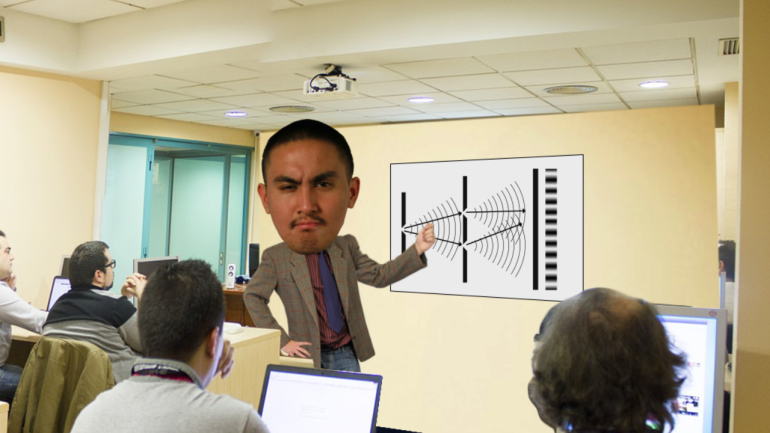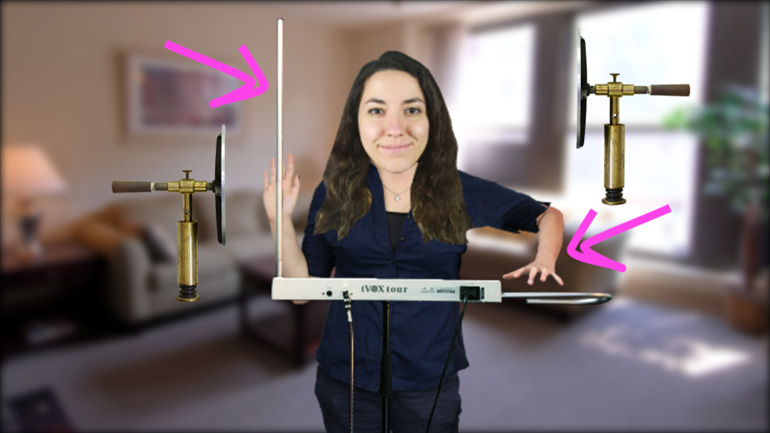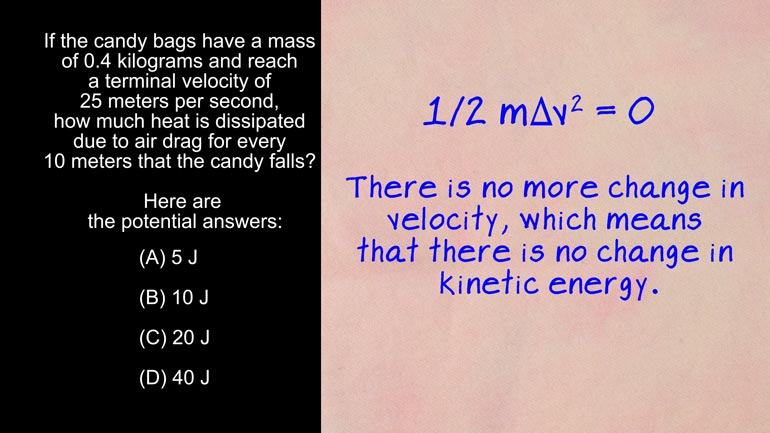ShmoopTube
Where Monty Python meets your 10th grade teacher.
Search Thousands of Shmoop Videos
AP Physics 2 Videos 66 videos
AP Physics 2: 1.1 Properties of Objects and Systems. What is the magnitude and direction of the conventional current in this wire?
AP Physics 2: 1.5 Properties of Objects and Systems. According to the Bohr's model of the atom, which of the following are true?
AP Physics 2: 2.5 Fields in Space 169 Views
Share It!
Description:
AP Physics 2: 2.5 Fields in Space. Which of the following statements is true?
Transcript
- 00:00
Thank you We sneak and here's your shmoop du jour
- 00:05
brought to you by faraday cages Normally we'd be all
- 00:09
witty here but instead let's just see a faraday cage
- 00:11
in action Yeah that's way cooler than anything we could
- 00:14
come up with All right conductors like faraday cages are
Full Transcript
- 00:18
sometimes used to shield electric fields well faraday cages can
- 00:22
shield up to one hundred thousand volts which is cool
- 00:27
It was terrifying to watch from inside one A charged
- 00:31
conductor with a wobbly or shape is shown Here is
- 00:35
there Pienaar lie on the surface of the conductor and
- 00:38
cue allies inside Which of the following statements is true
- 00:42
juice Two of these answers you're like All right well
- 00:50
this should serve as a reminder Don't sketch conductor designs
- 00:54
at three A M if you do they might uh
- 00:57
a little wonky but that's Okay we can work with
- 01:00
wonky well let's take a closer look at the three
- 01:03
points in this system Point p is on a wide
- 01:07
part of the conductor point are is that a narrower
- 01:10
part And q uh is in the middle surrounded by
- 01:13
the conductor conductors like this direct current around the material
- 01:16
preventing anything or anyone inside of the conductor from getting
- 01:20
zapped which is a really good thing if you're the
- 01:22
one in the cage If you're in the middle you
- 01:24
can relax knowing that the electric field where you are
- 01:27
is zero So b is one of our correct answers
- 01:30
Now we're looking at the outside at points pienaar at
- 01:33
the narrow part of this misshapen thing The radius of
- 01:37
the curve is smaller and at the risk of pin
- 01:39
obvious on that point P the radius is larger Yeah
- 01:42
that's right We're risk takers like that At a point
- 01:45
of smaller radius The electric field lines will be closer
- 01:48
together resulting in a stronger electric field So the other
- 01:52
correct answer is a answer D is exactly the opposite
- 01:56
of what we're looking for It's out the window Oh
- 01:59
and see if that's a No because feel that the
- 02:01
surface of a conductor has always perpendicular to the surface
- 02:05
Not parallel and conducting cages not only looked really cool
- 02:09
in a lab but they're pretty important In the real
- 02:10
world For example airplanes are faraday cages which is why
- 02:14
a plane can get struck by lightning without passengers inside 00:02:18.183 --> [endTime] getting all of crispy
Related Videos
AP Physics 2: 1.1 Properties of Objects and Systems. What is the magnitude and direction of the conventional current in this wire?
AP Physics 2: 1.5 Properties of Objects and Systems. According to the Bohr's model of the atom, which of the following are true?
AP Physics 2: 2.2 Properties of Objects and Systems. What will happen as the robot son moves the sponge near (but doesn't touch) the plate?
AP Physics 2: 2.4 Properties of Objects and Systems. How could you show the carnival barker an emission spectrum?


